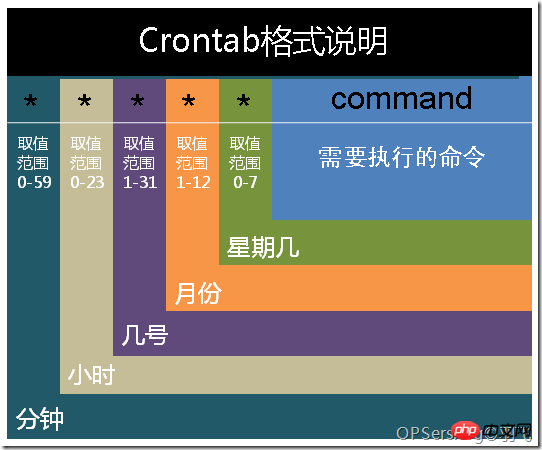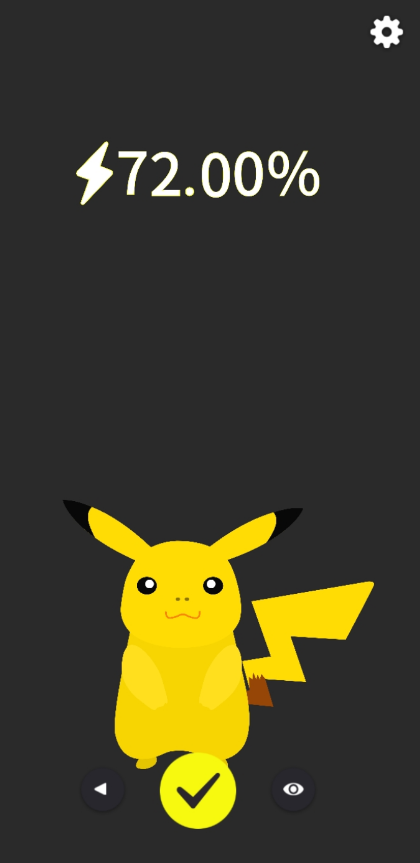
swoole: PHP的协程高性能网络通信引擎,使用完全同步的代码实现异步程序。PHP代码无需额外增加任何关键词,底层自动进行协程调度,实现异步IO。
基于 swoole 的服务端应该在命令行方式下运行,以保证只有一个实例(端口是不能重复打开的)
我们用 Swoole 来做一个 (推荐学习: swoole视频教程)
<?php $http = new swoole_http_server('0.0.0.0', 80, SWOOLE_BASE); $http->on('request', function(swoole_http_request $req, swoole_http_response $res) use($http) { $res->write("hello world"); $res->end(); });
OK, 看出了吧, 不依赖框架/ ob_flush 等机制, Swoole 不能再使用 echo 作为输出方法了, 得使用$res->write(String $content) 和 $res->end(String $endContent).
那么我们怎么访问它呢?
命令行启动
php app.php # 你在代码里面 echo/var_dump/print(_r) 的内容将在这里输出
然后在浏览器打开 http://localhost/ 就可以得到 hello world 的输出.
可是发现了吗? http://localhost/ 和 http://localhost/xxx 都输出同样的内容.
如果我们只想让 php 在 http://localhost/ 下输出, 怎么写呢?
<?php $http = new swoole_http_server('0.0.0.0', 80, SWOOLE_BASE); $http->on('request', function(swoole_http_request $req, swoole_http_response $res) use($http) { if($req->server['request_uri'] == '/'){ $res->write("hello world"); $res->end(); return; } $res->end('404'); return; });
Swoole_http_request $req 包含了很多我们将来能用到的请求数据. 包括 $req->server, $req->get, $req->post, 数组结构, ->server的KEY 为小写
© 版权声明
文章版权归作者所有,未经允许请勿转载。
THE END


















